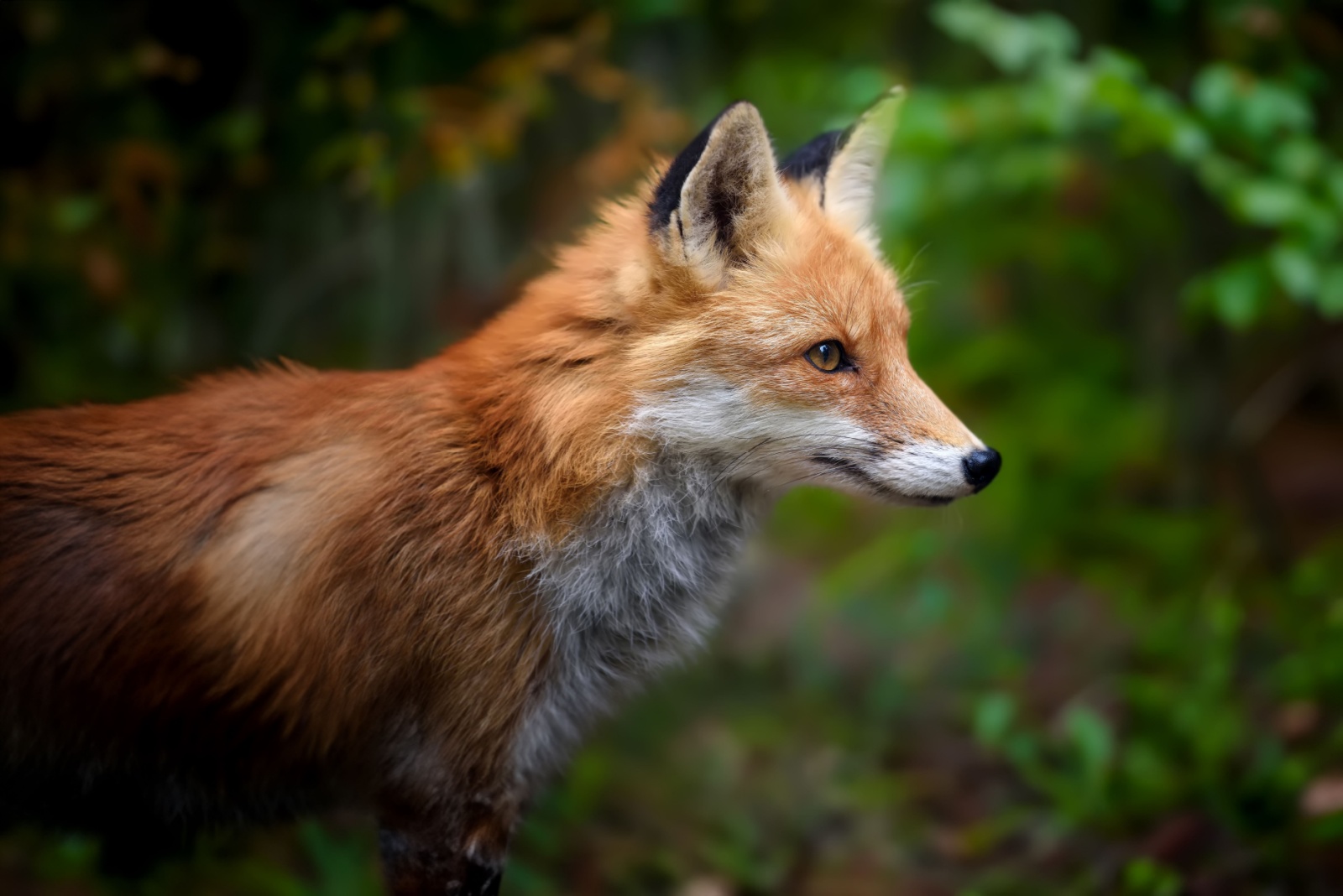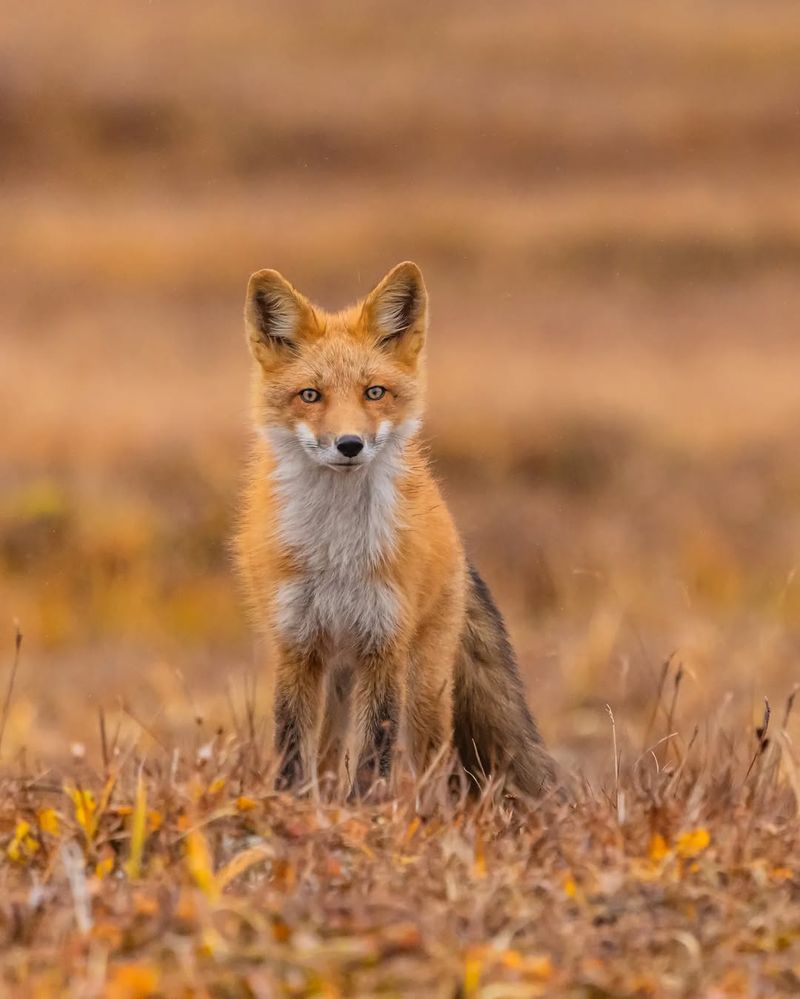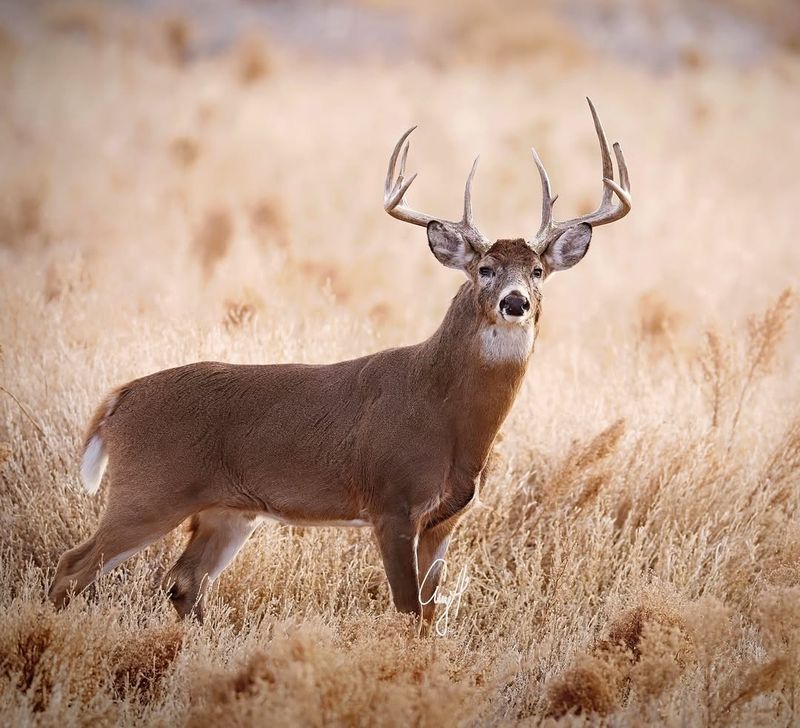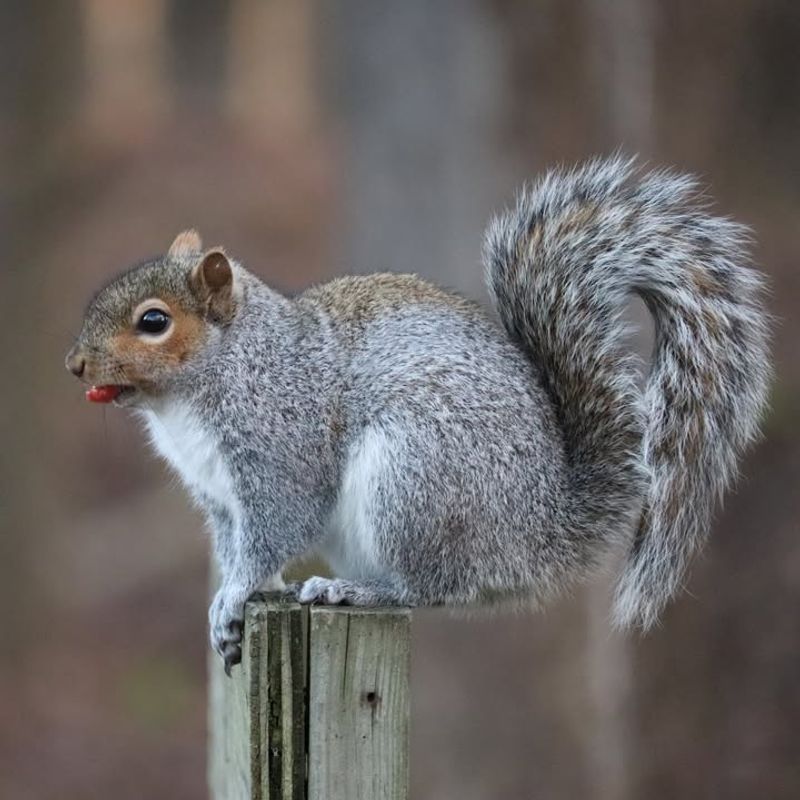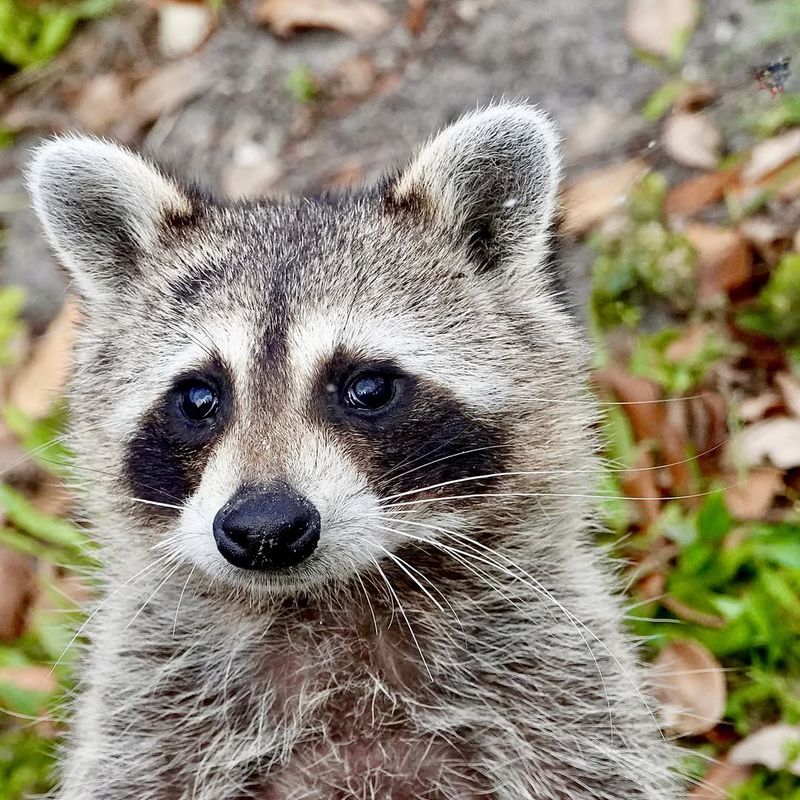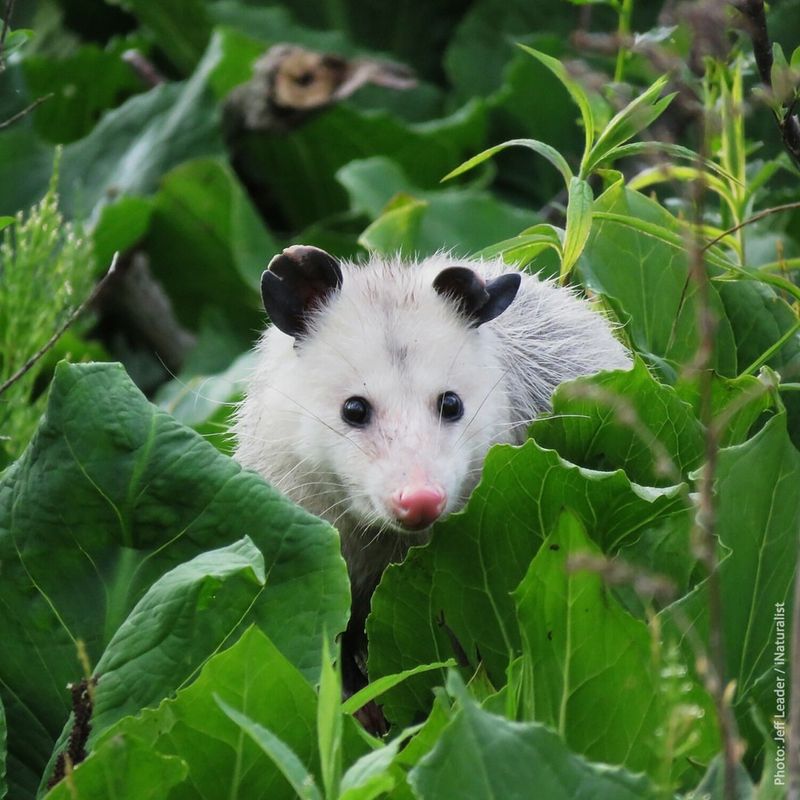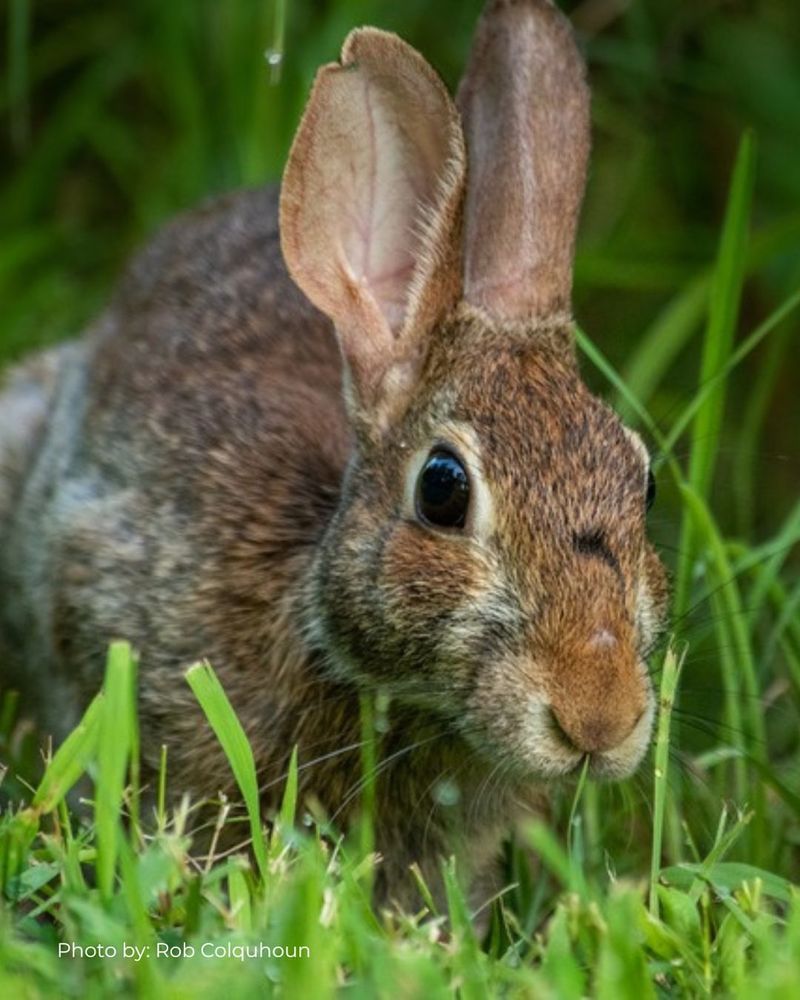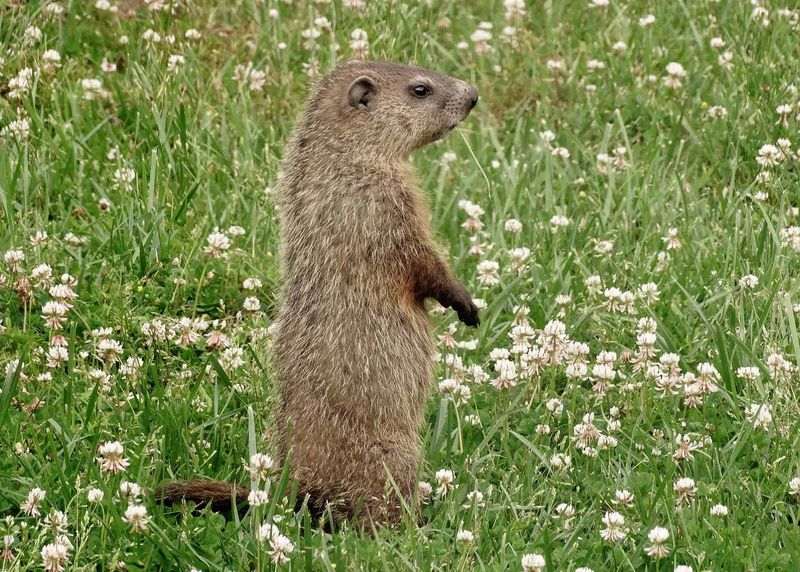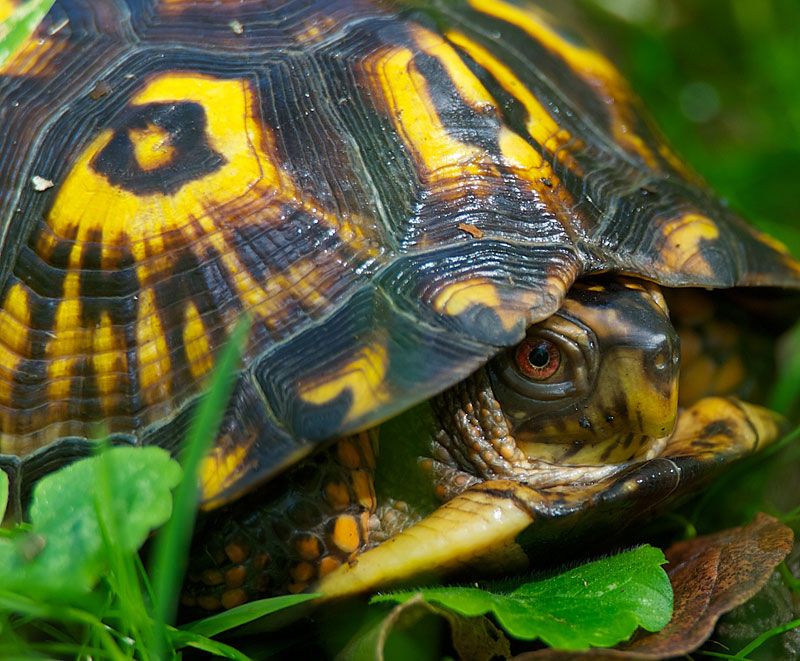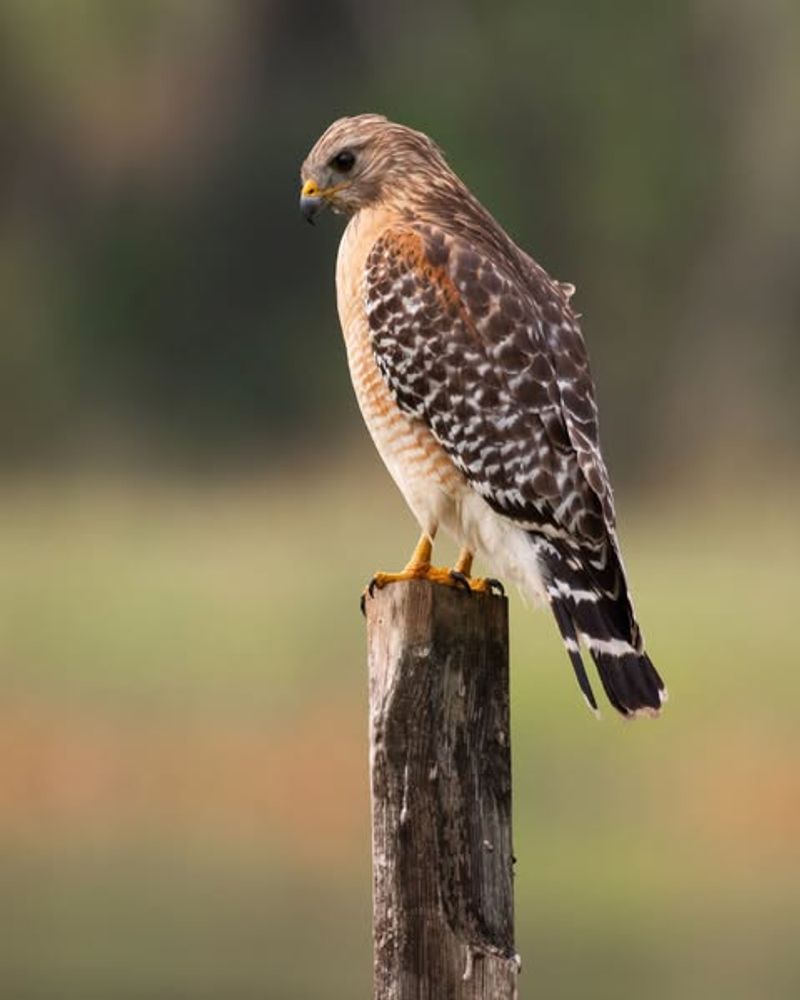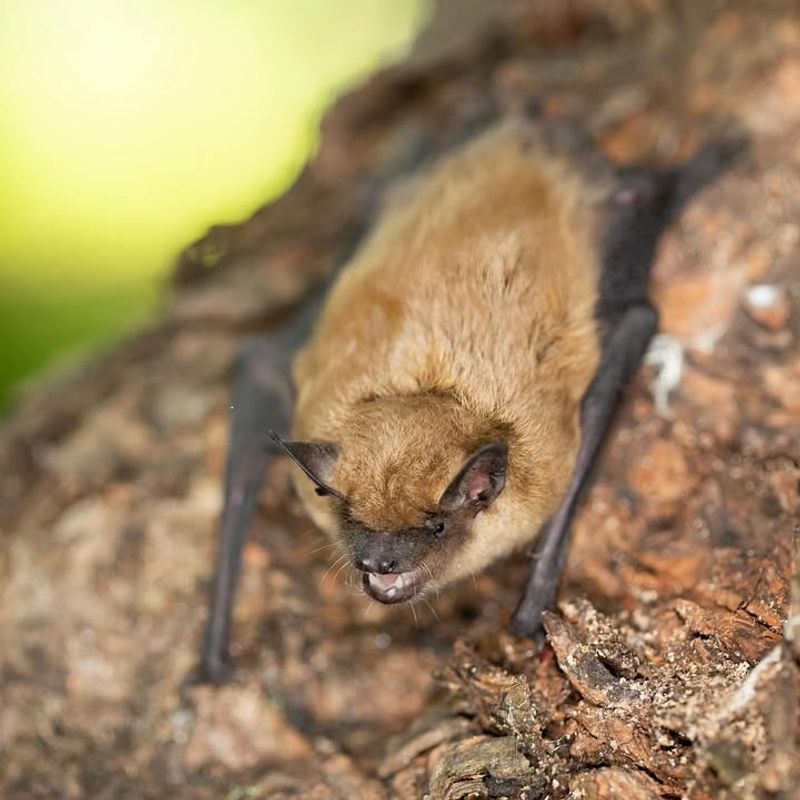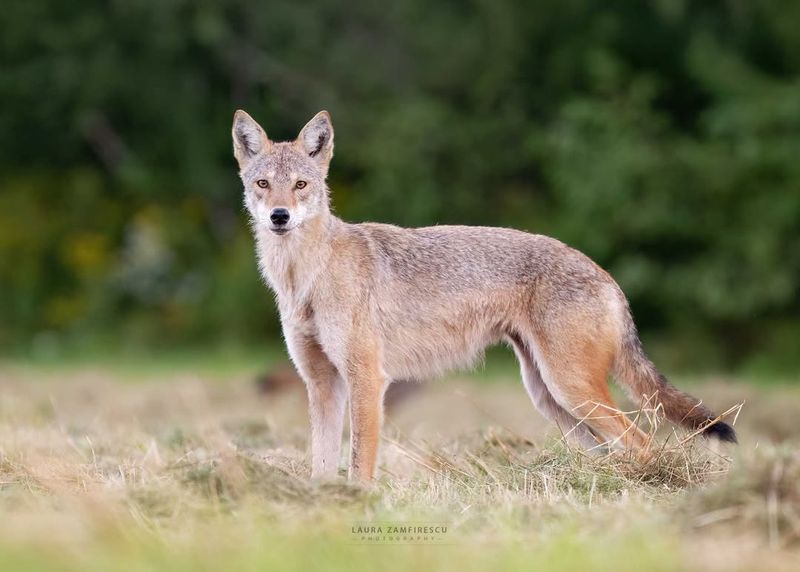Maryland’s urban areas aren’t just home to humans – they’re shared with fascinating wildlife that often wanders into our neighborhoods. From bushy-tailed tree-dwellers to nighttime visitors, these wild animals have adapted to city living alongside us.
Whether you’re in Baltimore, Annapolis, or Frederick, you might spot these creatures exploring your yard or neighborhood when you least expect it.
1. Red Foxes: The Neighborhood Night Prowlers
Red foxes have become surprisingly comfortable in Maryland’s suburban landscapes. Their striking orange-red coats and bushy tails make them easy to spot when they venture out at dusk.
These intelligent hunters help control rodent populations while raising their kits in dens sometimes tucked under decks or sheds. Despite their wild nature, they’re typically shy around humans and prefer to avoid confrontation.
2. Whitetail Deer: Garden Visitors At Dawn
Maryland’s neighborhoods increasingly receive visits from these graceful browsers. Standing at garden edges in early morning light, they nibble on shrubs, flowers, and vegetable gardens – much to the frustration of local gardeners!
Adaptable and resourceful, deer have learned that suburban areas offer abundant food with fewer predators. Their population has boomed in many Maryland communities, creating both delight for wildlife watchers and challenges for drivers.
3. Eastern Gray Squirrels: Acrobatic Backyard Residents
Masters of the urban landscape, these agile climbers perform impressive aerial stunts throughout Maryland neighborhoods. Leaping between trees, scampering across power lines, and raiding bird feeders are all part of their daily routine.
Beyond their entertaining antics, gray squirrels play an important ecological role by burying nuts and seeds, effectively planting trees when they forget their hidden treasures. Look for their leafy nests (called dreys) high in tree branches year-round.
4. Raccoons: Masked Midnight Bin Raiders
Few urban wildlife sightings are as memorable as spotting raccoons investigating your trash cans under moonlight. With their distinctive black masks and ringed tails, these nocturnal omnivores have mastered city living throughout Maryland.
Incredibly dexterous paws allow raccoons to open latches, unscrew jars, and manipulate objects with almost human-like skill. Mothers often raise their young (called kits) in attics, chimneys, or other sheltered spots near human homes.
5. Opossums: Nature’s Clean-Up Crew
Often misunderstood, Virginia opossums provide valuable services to Maryland neighborhoods. These marsupials devour thousands of ticks annually, helping reduce Lyme disease risk while cleaning up fallen fruit and small carrion.
Despite their intimidating hiss and tendency to “play dead” when threatened, opossums are gentle creatures with low body temperatures that make them resistant to rabies. Their prehensile tails help them balance while climbing trees and fences during nighttime wanderings.
6. Eastern Cottontail Rabbits: Dawn And Dusk Lawn Visitors
Maryland gardens often host these familiar rabbits with their characteristic white puff tails. Most active during early morning and evening hours, cottontails venture from protective shrubs to graze on clover, dandelions, and occasionally garden vegetables.
Female cottontails create shallow depressions in grassy areas for their nests, lining them with fur and grass. Young rabbits mature quickly, ready to live independently after just three weeks – a necessity in their predator-filled world.
7. Groundhogs: The Underground Architects
Also called woodchucks, these rotund rodents create elaborate burrow systems beneath Maryland yards and parks. Their engineering prowess is impressive – groundhog tunnels can extend 15-25 feet with multiple chambers and exits.
Famous for their weather-predicting reputation on Groundhog Day, these vegetarians spend summer months eating voraciously to build fat reserves. During winter, they enter true hibernation with dramatically slowed heartbeats and breathing, emerging in early spring to the delight of wildlife watchers.
8. Eastern Box Turtles: Slow-Moving Garden Guests
With their distinctive domed shells and orange-patterned skin, these native reptiles occasionally wander through Maryland yards during warm months. Some neighborhoods host generations of box turtles that have lived in the same area for decades.
Garden enthusiasts often welcome these gentle creatures as they help control slugs and insects. Unfortunately, their populations face pressure from habitat loss and road mortality. Finding one crossing your yard is increasingly considered a special wildlife encounter worth celebrating.
9. Red-Shouldered Hawks: Backyard Hunters
The distinctive “kee-aah” call of these striking hawks echoes through Maryland neighborhoods year-round. Perched on tall trees or utility poles, they scan suburban landscapes for mice, small birds, and other prey.
Red-shouldered hawks have adapted remarkably well to developed areas, often building their stick nests in tall trees near human homes. Their presence indicates a healthy local ecosystem. Watching one dive from its perch to catch prey offers an exciting glimpse of wild nature right in Maryland’s suburban settings.
10. Bats: Twilight Mosquito Controllers
As evening falls across Maryland communities, little brown bats and their relatives emerge to provide natural pest control. Each bat can consume thousands of mosquitoes and other insects nightly, making them valuable neighbors.
Many Maryland bat species have suffered from white-nose syndrome, a fungal disease that has devastated populations. Homeowners can help by installing bat houses and preserving mature trees. Watching their acrobatic flight against the darkening sky remains one of summer’s simple pleasures in Maryland neighborhoods.
11. Eastern Coyotes: Elusive Urban Predators
Maryland’s newest wild neighbors, coyotes have quietly expanded into suburban and even urban areas across the state. Larger than their western relatives due to wolf gene intermingling, eastern coyotes are masters of stealth.
Most Maryland residents never see the coyotes living nearby, though security cameras occasionally capture their nighttime movements. These adaptable predators help control rodent and deer populations. Despite common fears, they typically avoid humans while carving out territories in parks, stream valleys, and undeveloped pockets.

